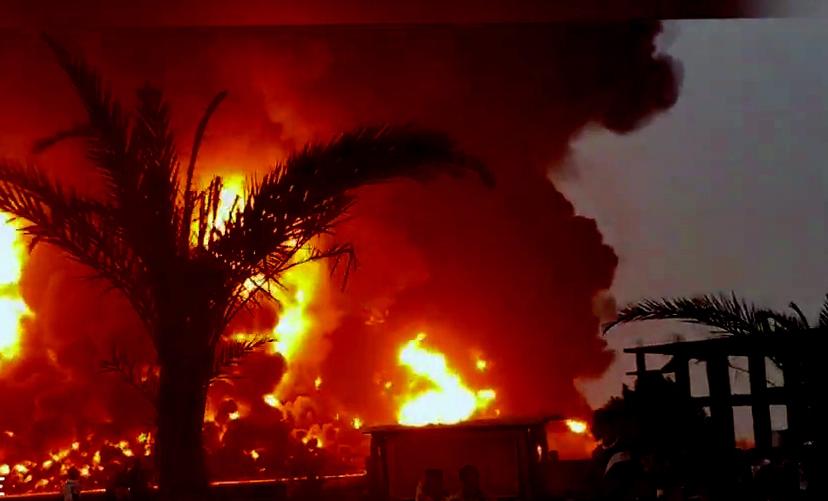The Houthi terrorist group says it has resumed attacks on shipping off the coast of Yemen, targeting a container ship, the Contship Ono, on Aug. 7 with ballistic missiles and drones.
The attacks broke a two-week lull.

The Houthi terrorist group says it has resumed attacks on shipping off the coast of Yemen, targeting a container ship, the Contship Ono, on Aug. 7 with ballistic missiles and drones.
The attacks broke a two-week lull.